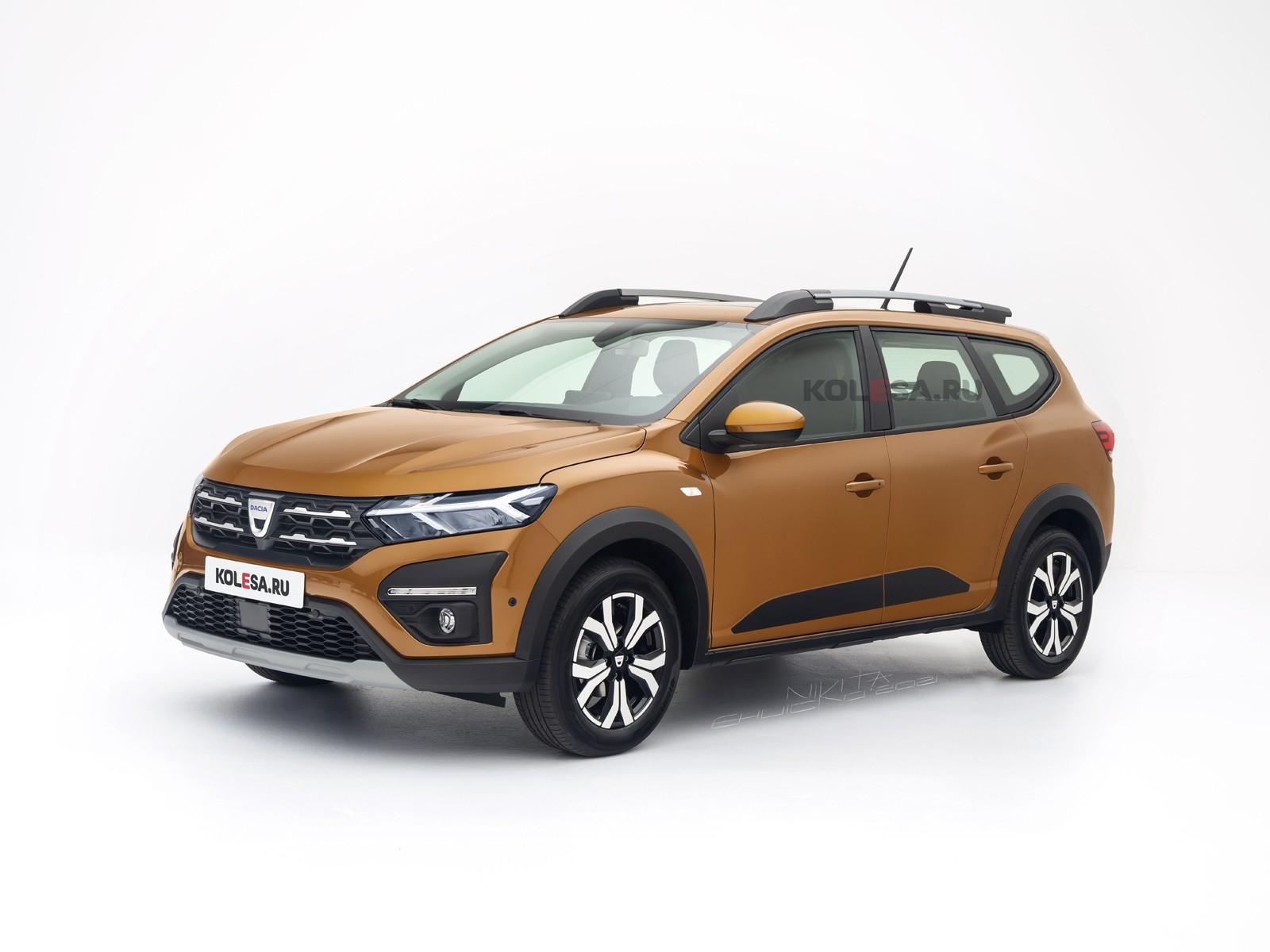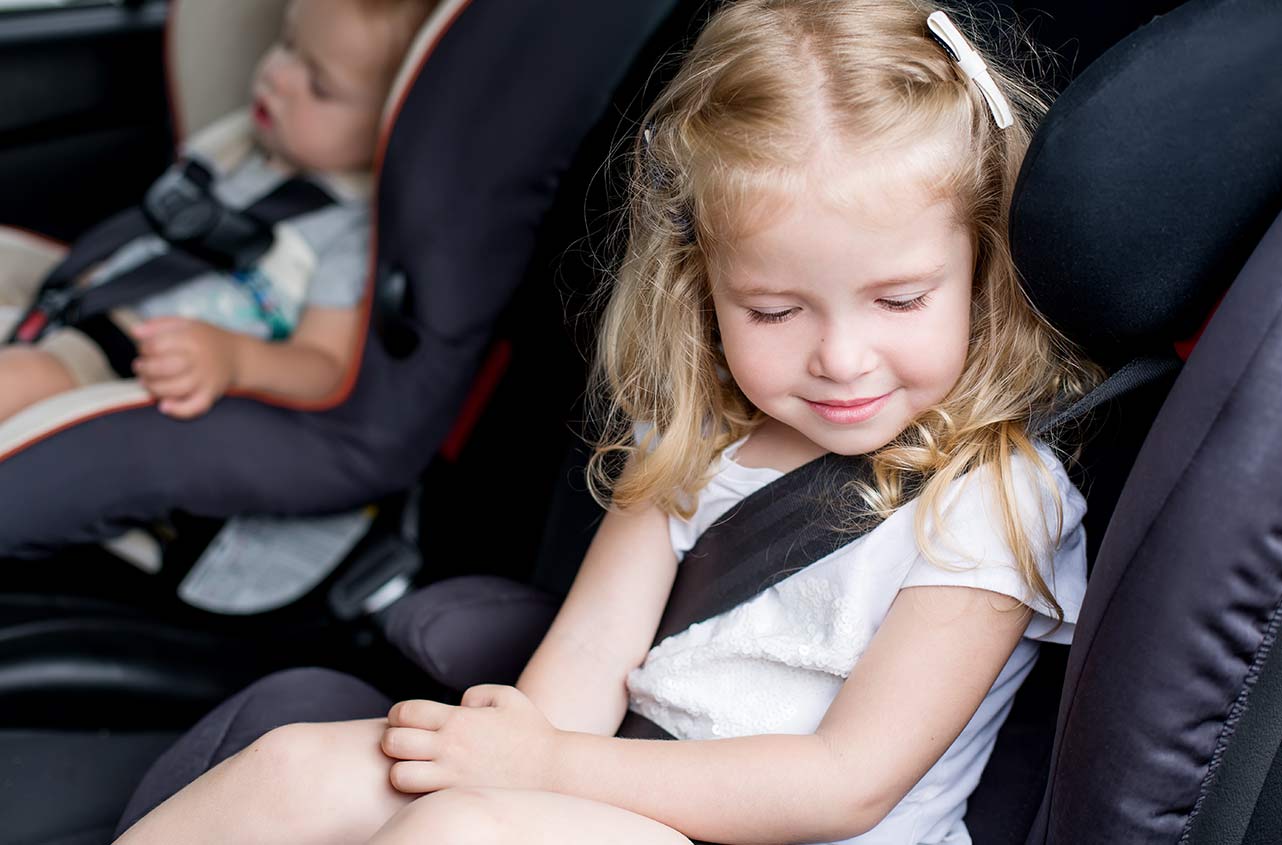
Child safety in the car
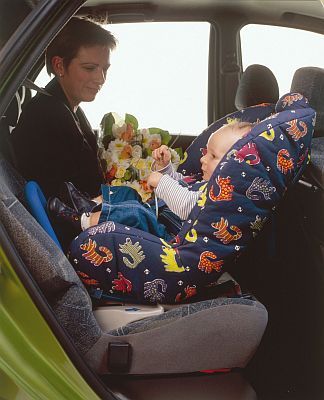 Even the best and most prudent drivers have no influence on what other road users do. In collisions on Polish roads, every fourth victim is a child. It is important to ensure maximum safety for children traveling by car.
Even the best and most prudent drivers have no influence on what other road users do. In collisions on Polish roads, every fourth victim is a child. It is important to ensure maximum safety for children traveling by car.
Even the best and most prudent drivers have no influence on what other road users do. In collisions on Polish roads, every fourth victim is a child. It is important to ensure maximum safety for children traveling by car.
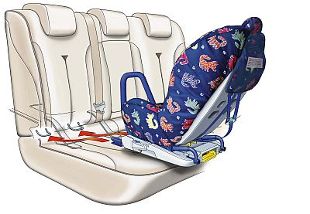 Regulations in force in Europe require that children under 12 years of age less than 150 cm tall be transported in special, approved accommodation adapted to the age and weight of the child. The corresponding legal provisions have been in force in Poland since January 1, 1999.
Regulations in force in Europe require that children under 12 years of age less than 150 cm tall be transported in special, approved accommodation adapted to the age and weight of the child. The corresponding legal provisions have been in force in Poland since January 1, 1999.
Transportation of children in infant carriers or car seats, permanently and securely fixed in the car, is of fundamental importance, since significant forces act on the body of a young person in collisions.
It is worth knowing that a collision with a car moving at a speed of 50 km / h causes consequences comparable to a fall from a height of 10 m. Leaving a child without safety measures appropriate to its weight is tantamount to a child falling from the third floor. Children must not be carried on the laps of passengers. In the event of a collision with another vehicle, the passenger carrying the child will not be able to hold him even with the seat belts fastened. It is also very dangerous to buckle up a child sitting on a passenger's lap.
In order to avoid arbitrariness in the field of safety systems for transported children, appropriate rules for the admission of car seats and other devices have been developed. The current standard is ECE 44. Certified devices have an orange "E" symbol, the symbol of the country in which the device was approved and the year of approval. In the Polish safety certificate, the letter “B” is placed inside an inverted triangle, next to it should be the number of the certificate and the year it was issued.
Disassembly of car seats
In accordance with international legal norms, the means of protecting children from the consequences of a collision are divided into five categories ranging from 0 to 36 kg of body weight. The seats in these groups differ significantly in size, design and function, due to differences in the anatomy of the child.
 Category 0 and 0+ include children weighing 0 to 10 kg. Since a child's head is relatively large and the neck is very fragile until the age of two, a forward-facing child is exposed to severe injury to these parts of the body. To reduce the consequences of collisions, it is recommended that children in this weight category be transported backwards. , in a shell-like seat with independent seat belts. Then the driver sees what the child is doing, and the baby can look at mom or dad.
Category 0 and 0+ include children weighing 0 to 10 kg. Since a child's head is relatively large and the neck is very fragile until the age of two, a forward-facing child is exposed to severe injury to these parts of the body. To reduce the consequences of collisions, it is recommended that children in this weight category be transported backwards. , in a shell-like seat with independent seat belts. Then the driver sees what the child is doing, and the baby can look at mom or dad.
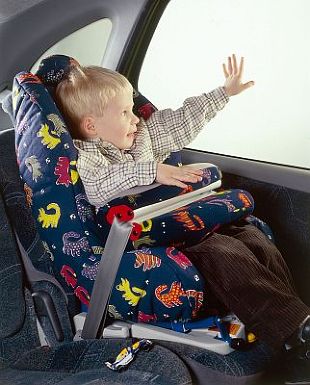 Up to category 1 children between the ages of two and four and weighing between 9 and 18 kg are eligible. At this time, the child's pelvis is not yet fully developed, which makes the car's three-point seat belt not secure enough, and the child may be at risk of severe abdominal injury in the event of a frontal collision. Therefore, for this group of children, it is recommended to use car seats with independent 5-point harnesses that can be adjusted to the height of the child. Preferably, the seat has an adjustable seat angle and an adjustable height of the side head restraints.
Up to category 1 children between the ages of two and four and weighing between 9 and 18 kg are eligible. At this time, the child's pelvis is not yet fully developed, which makes the car's three-point seat belt not secure enough, and the child may be at risk of severe abdominal injury in the event of a frontal collision. Therefore, for this group of children, it is recommended to use car seats with independent 5-point harnesses that can be adjusted to the height of the child. Preferably, the seat has an adjustable seat angle and an adjustable height of the side head restraints.
 Category 2 includes children aged 4-7 years and weighing 15 to 25 kg. To ensure the correct position of the pelvis, it is recommended to use devices that are compatible with the three-point seat belts installed in the car. Such a device is a raised back cushion with a three-point seat belt guide. The belt should lie flat against the child's pelvis, overlapping the hips. The booster pillow with adjustable back and belt guide allows you to position it as close to your neck as possible without overlapping it. In this category, the use of a seat with support is also justified.
Category 2 includes children aged 4-7 years and weighing 15 to 25 kg. To ensure the correct position of the pelvis, it is recommended to use devices that are compatible with the three-point seat belts installed in the car. Such a device is a raised back cushion with a three-point seat belt guide. The belt should lie flat against the child's pelvis, overlapping the hips. The booster pillow with adjustable back and belt guide allows you to position it as close to your neck as possible without overlapping it. In this category, the use of a seat with support is also justified.
Category 3 includes children over 7 years old weighing 22 to 36 kg. In this case, it is recommended to use a booster pad with belt guides.
When using a backless pillow, the headrest in the car must be adjusted according to the height of the child. The top edge of the head restraint should be at the level of the top of the child, but not below eye level.
terms of Use
 The design of the seats limits the consequences of traffic accidents by absorbing and limiting the inertial forces acting on the child to physiologically acceptable limits. The seat should be soft so that the child can sit comfortably in it even on a long journey. For small children, you can buy accessories that will make the trip more enjoyable, such as a newborn pillow or a sun visor.
The design of the seats limits the consequences of traffic accidents by absorbing and limiting the inertial forces acting on the child to physiologically acceptable limits. The seat should be soft so that the child can sit comfortably in it even on a long journey. For small children, you can buy accessories that will make the trip more enjoyable, such as a newborn pillow or a sun visor.
If you don't want to install the seat permanently, check if it fits in the trunk, if it's easy to get in and out of the car, and if it's not too heavy. When installing the seat on one side of the rear seat, check that the vehicle's seat belt covers the seat at the indicated points and that the seat belt buckle buckles smoothly.
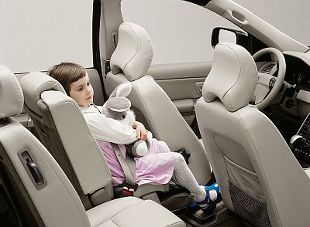 The level of the vehicle seat belt top tether should be adjusted according to the age and height of the child. A belt that is too loose will not meet safety requirements. Safer are car seats equipped with their own seat belts that hold the child better and more effectively.
The level of the vehicle seat belt top tether should be adjusted according to the age and height of the child. A belt that is too loose will not meet safety requirements. Safer are car seats equipped with their own seat belts that hold the child better and more effectively.
As the child grows, the length of the straps should be adjusted. The rule is that when a child rides in a seat, it must be fastened with seat belts.
The seat should not be installed there if the vehicle has a permanently active front passenger airbag.
It is worth remembering that by transporting a child in a seat, we only reduce the risk of injury, so driving style and speed should be adjusted to road conditions.
